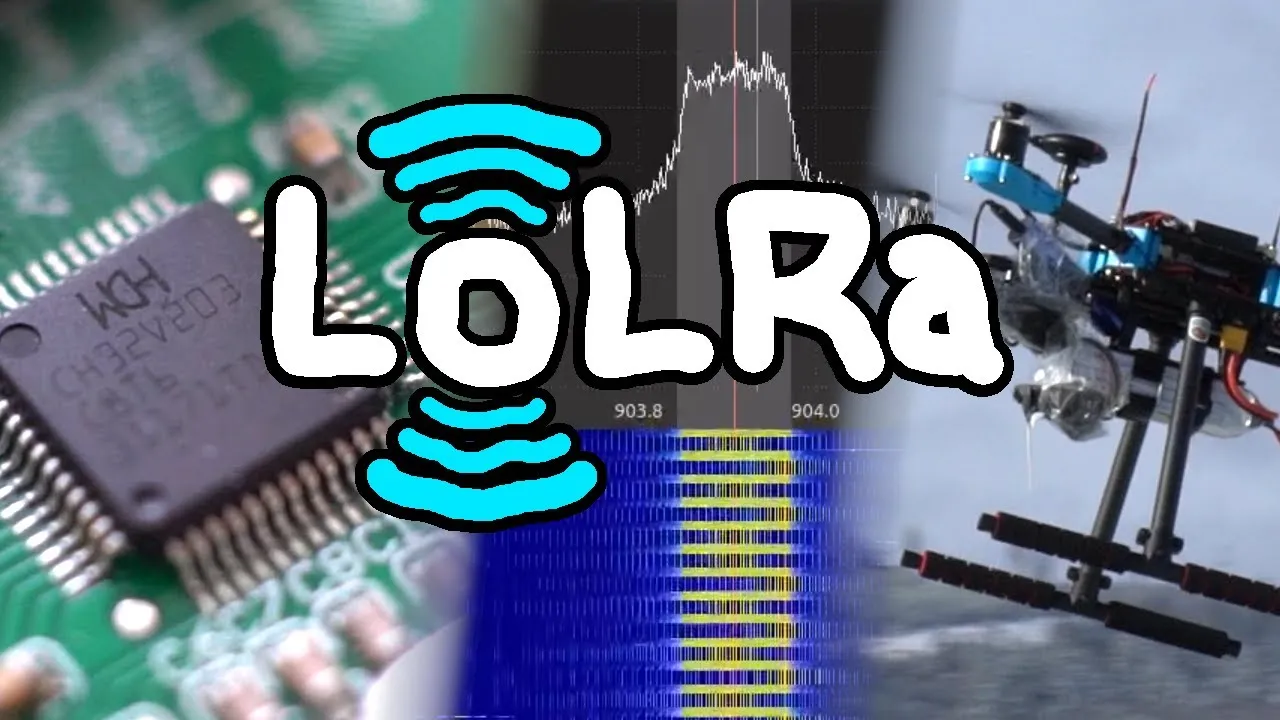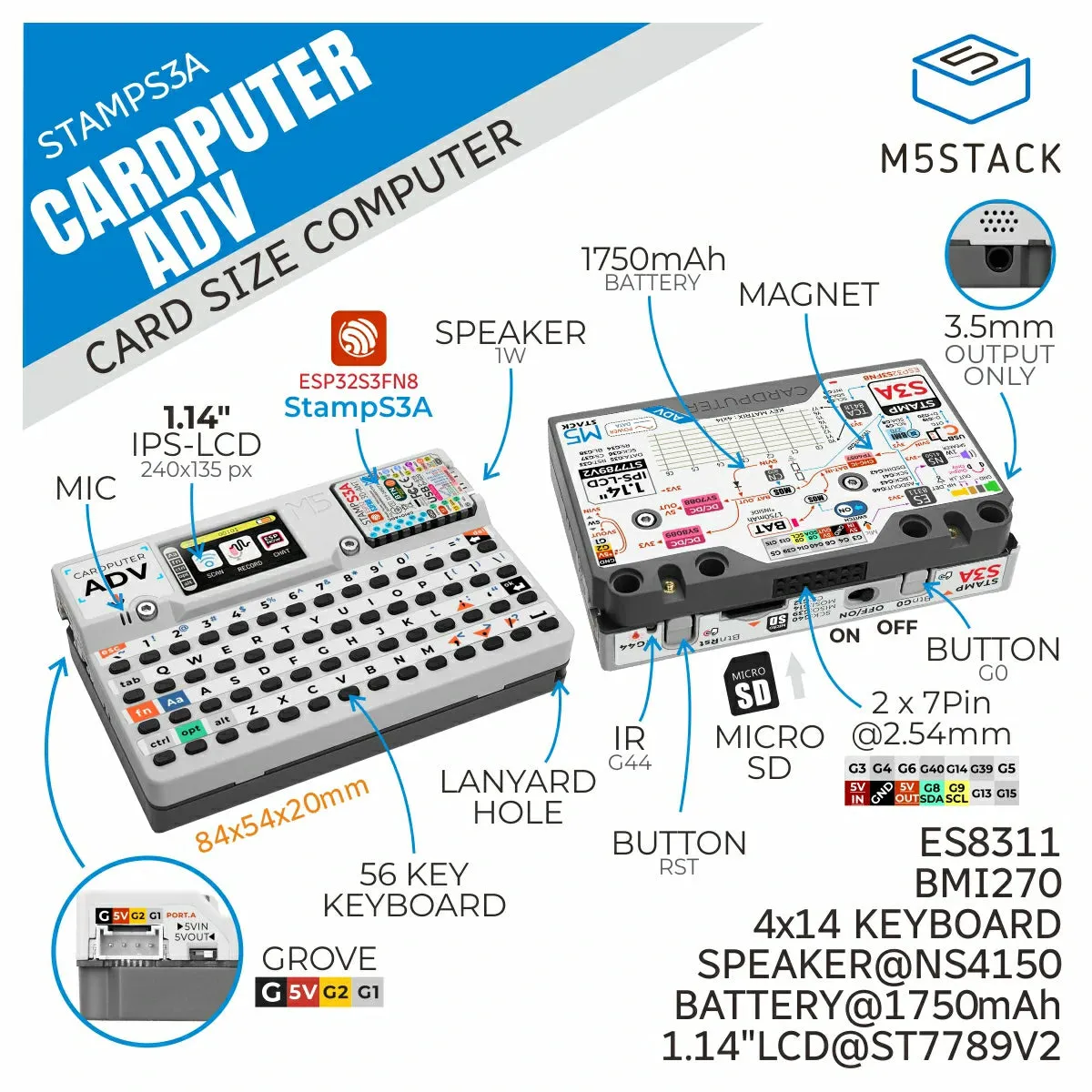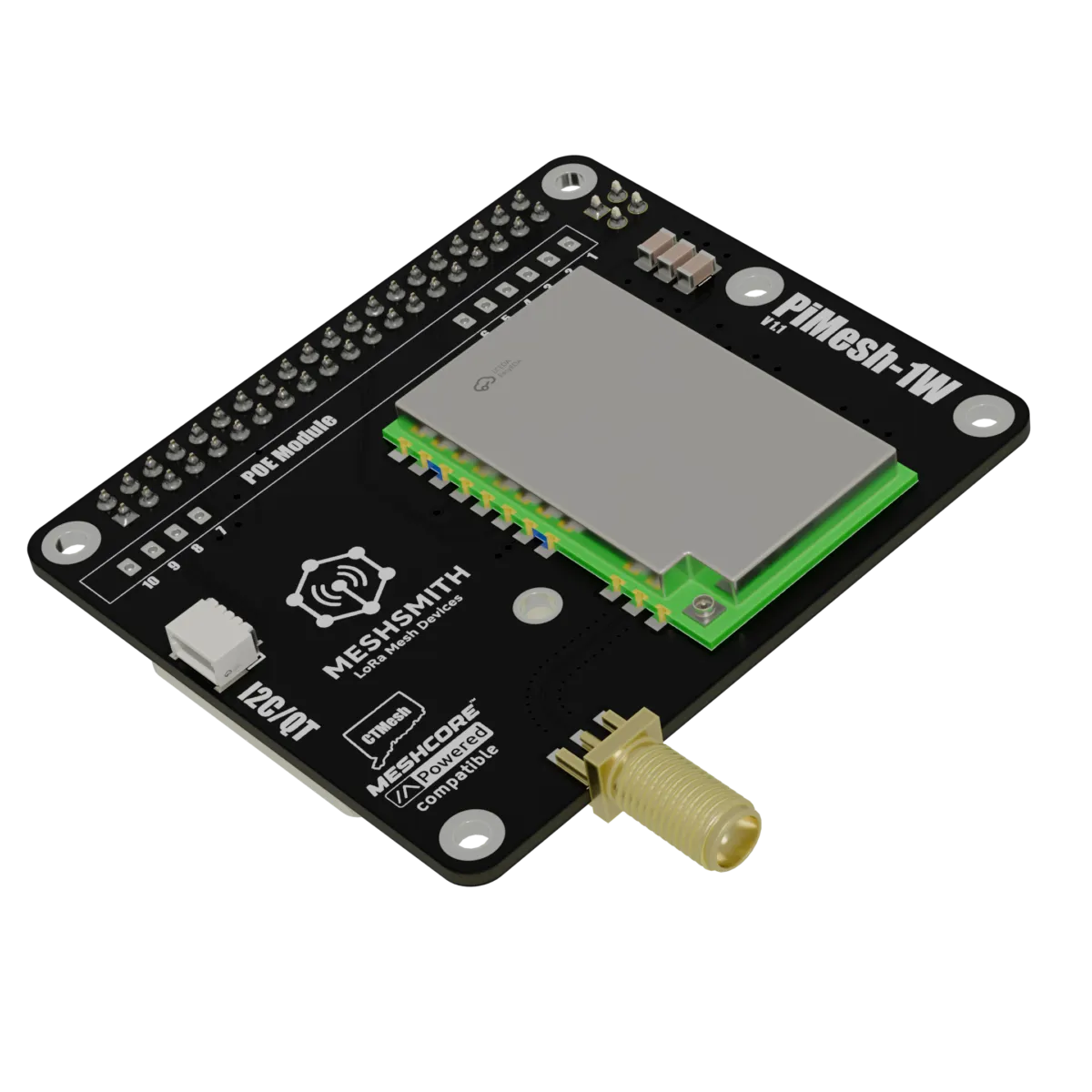What is LoRaWAN?
LoRaWAN (Long Range Wide Area Network) is a network protocol designed to enable long-range, low-power communication between wireless devices and the internet. It is built on top of LoRa (Long Range) modulation technology and provides the networking architecture needed to manage communication between LoRa devices and gateways. LoRaWAN is widely used in the Internet of Things (IoT) applications, where long-range connectivity and minimal power consumption are crucial.
How LoRaWAN Works
LoRaWAN operates on a star-of-stars topology, where end devices communicate wirelessly with gateways using LoRa modulation. The gateways then forward messages to a network server, which manages data routing and security. Here’s how the system works:
1. End Devices
- End devices (sensors, meters, trackers) transmit data using LoRa modulation.
- They are designed to be low-power, enabling years of battery life.
- Devices operate in different classes (Class A, B, C) depending on their communication needs.
2. Gateways
- Gateways act as bridges between end devices and the network server.
- They receive LoRa signals from multiple end devices and forward the data to the server via IP-based networks (Ethernet, cellular, or satellite).
- Gateways do not process data—they simply relay messages.
3. Network Server
- The network server manages device connections, packet routing, and security.
- It eliminates duplicate packets, authenticates devices, and ensures efficient data transmission.
4. Application Server
- The application server processes data from end devices for use in various IoT applications.
- It can send downlink messages (commands) to devices when needed.
Key Features of LoRaWAN
1. Long Range
- Communication range can reach up to 10–15 km in rural areas and 2–5 km in urban environments.
2. Low Power Consumption
- End devices can operate on small batteries for years, making them ideal for remote applications.
3. Adaptive Data Rate (ADR)
- LoRaWAN dynamically adjusts the data rate and transmission power based on network conditions, optimizing performance and battery life.
4. Security
- Uses AES-128 encryption to ensure secure communication between devices and servers.
5. Scalability
- A single gateway can handle thousands of devices, making LoRaWAN suitable for large-scale IoT deployments.
LoRaWAN Device Classes
LoRaWAN devices are categorized into three classes, each suited for different applications:
- Class A (Lowest Power Consumption):
- Devices send data at scheduled intervals and only receive downlink messages after transmission.
- Ideal for battery-powered sensors and meters.
- Class B (Scheduled Reception Windows):
- Devices have periodic receive windows, allowing more predictable communication.
- Useful for applications requiring more frequent downlink control.
- Class C (Continuous Listening):
- Devices continuously listen for downlink messages, requiring more power.
- Suitable for real-time control applications like smart lighting or industrial automation.
Applications of LoRaWAN
LoRaWAN is used across various industries to enable efficient and scalable IoT solutions:
- Smart Cities: Street lighting, waste management, air quality monitoring.
- Agriculture: Soil moisture sensors, livestock tracking, irrigation systems.
- Industrial IoT: Equipment monitoring, predictive maintenance, asset tracking.
- Logistics & Transportation: Fleet tracking, cold chain monitoring.
- Utilities: Smart meters for gas, water, and electricity monitoring.
What is the difference between LoRa and LoRaWAN?
Difference Between LoRa and LoRaWAN
- LoRa = Physical Layer
- LoRaWAN = MAC Layer
Key Differences:
- LoRa defines the physical layer, enabling long-range communication.
LoRaWAN defines the network protocol and system architecture. - LoRa is a wireless modulation technique that allows low-power, long-range communication.
LoRaWAN is a network protocol that leverages LoRa modulation for communication. - LoRa can be used in networks without LoRaWAN.
LoRaWAN-like networks can exist without LoRa radio, but they wouldn’t be practical. - LoRa uses Chirp Spread Spectrum (CSS) modulation to achieve different data rates via various spreading factors.
LoRaWAN is a wireless network protocol designed for Wide Area Network (WAN) applications due to its extensive coverage.
Many people mistakenly use “LoRa” to describe the entire LPWAN communication system. However, strictly speaking, LoRa is just a proprietary modulation format owned by Semtech.
Conclusion
LoRaWAN provides an efficient, long-range, and low-power communication solution for IoT applications. By leveraging LoRa technology and a flexible network architecture, it enables seamless connectivity for millions of devices, making it a cornerstone for smart city, industrial, and environmental monitoring solutions. With its scalability and energy efficiency, LoRaWAN continues to play a crucial role in the expansion of IoT networks worldwide.







Post Comment